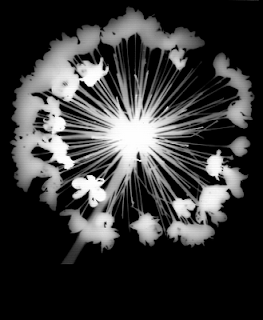This picture was taken by David Bailey. He's a British contemporary artist who was born on 2nd January 1938, in Leytonstone. The theme of this picture is glamour, using a model named Jean Shrimpton.
Meaning:
This photo doesn't seem to have an actual meaning. It looks as if David Bailey just took the picture for a photoshoot. I realised this simply by analysing the use of make-up, hairstyling, lighting and the simplisity of the picture (no background or other objects included).
Aesthetic:
This photo is a close up view of Jean Shrimpton, focusing on the face/head mainly. David has clearly placed the lights above her head on either side, this creates a dark shadow underneath her chin as her chin blocks the light. Also, the same effect is created as her hair blocks some of the light on her shoulders, and above her eyes.
The strong tones of white, black and grey have a massive effect on the picture as they strongly blend together with the use of the black and white camera, and the lights used above her head. Particularly on her hair where the highlighted sections look white as the light shines on it.
Other images, by different (unknown) artists that I found with strong light effects:
 |
| http://crit365.com/crit104-studioportrait-lighting-with-just-one-light/ |
 |
| http://cadence-adayinthelife.blogspot.co.uk/2010_10_01_archive.html |







